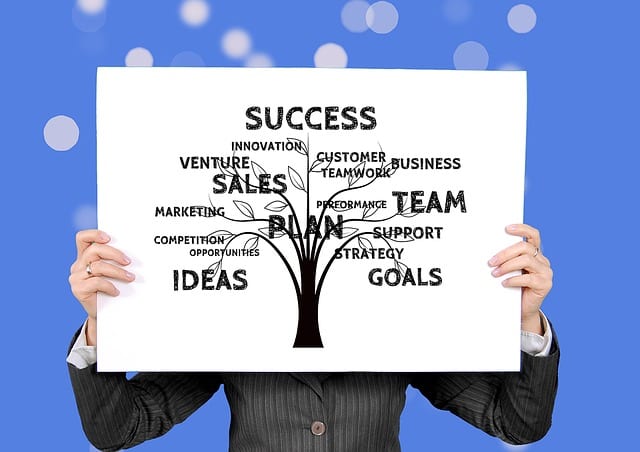CRM Transformation Approach
By: Ciopages Staff Writer
Updated on: Feb 25, 2023

What is the best CRM Transformation Approach? It depends on various factors, both internal and external, strategic and operational. Transforming a company’s CRM is important for growth and development, but the process must be undertaken correctly in order to have the highest level of success possible. With that in mind, there are specific steps or approaches that are commonly taken during this type of transformation, and using them can mean a smoother shift from the way things were to the way they can and should be to ensure current and future success.
The key operational processes for a transformation to CRM need to be clear and exact. Creating a blueprint will help provide that, and will reduce the chances of mistakes being made that could be very costly in the long run.
CRM Transformation Approach
- CRM Strategy – having the right strategy matters, and CRM is not an exception to that. Knowing what information to collect, how it is going to be stored, why it is needed, and how it will be processed and used all matter.
- CRM Value Proposition – the value of collecting and storing CRM is not just in accumulating massive amounts of data. There is more to the story, and companies need to be clear on the value that their CRM methods will bring to them.
- Sales and Customer Relationship Model Definition – Not all businesses are the same, and that means that what they offer and the kinds of customers they attract are quite different, as well. These companies need to know themselves, and be clear on the people they are trying to reach.
- Blueprint of Key Operational Processes – The key operational processes for a transformation to CRM need to be clear and exact. Creating a blueprint will help provide that, and will reduce the chances of mistakes being made that could be very costly in the long run.
- Vendor Selection – Companies that just pick a vendor can find themselves very disappointed. Any vendor that is used for providing CRM has to be one that a company can truly work with, and that provides the tools that are needed to make the company’s CRM transformation significant.
- Data Migration – Moving data is a big part of CRM transformation, and it is important that no data is lost or corrupted in the process. Understanding data migration is something every company should focus on, and a vendor should be chosen who can assist with this valuable step in the process.
- Pilot Releases – Trying out the new CRM system on some select markets needs to be done before it is used by everyone in the company all the time. That can help locate any bugs that have to be worked out, and can be the time when changes and adjustments are made if issues are found.
- Global Rollout – One of the last steps is to roll out the new CRM system globally. Everyone in the company will use it, and all customers will become a part of it, as well. New information may be collected, intake forms may change, and people will need to adjust to a new way of doing things.
- Phasing Out Past Legacy Systems – Companies do not generally just replace one thing with another in an instant. There is an overlap to ensure that everything is working properly. Once the new CRM system is in place, phasing out the old system will make the transformation complete.